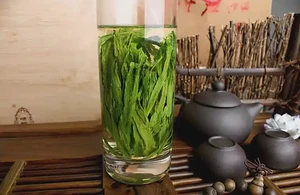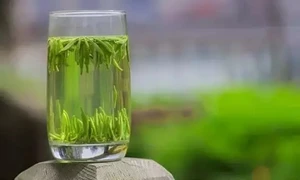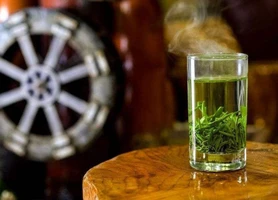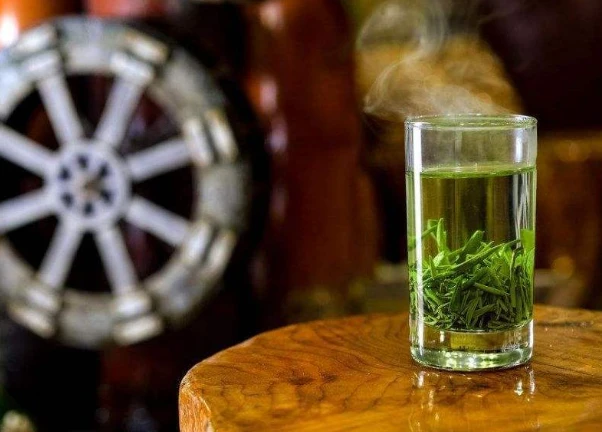

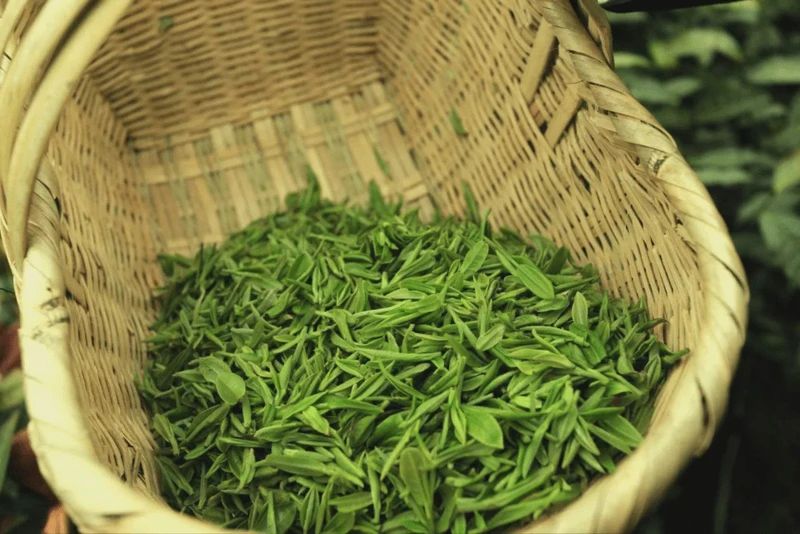
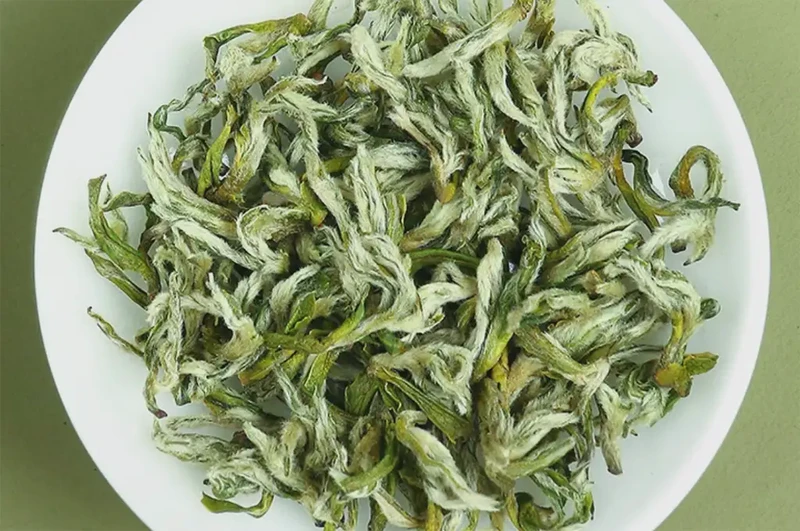
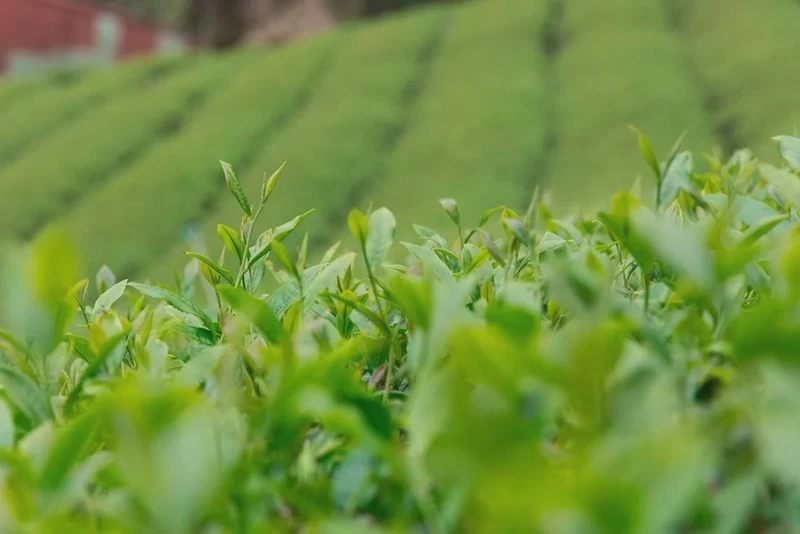
Meng Ding Gan Lu
Origin
Sichuan
Category
Green Tea
Harvest Time
Pre-Qingming
Processing
Pan-firing
Description
Meng Ding Gan Lu, meaning 'Sweet Dew of Mount Meng,' is a prestigious Chinese green tea from the misty peaks of Mount Mengding in Sichuan Province. Renowned for its delicate, sweet flavor, smooth texture, and the unique terroir influenced by the mountain's high altitude and ancient tea traditions.
